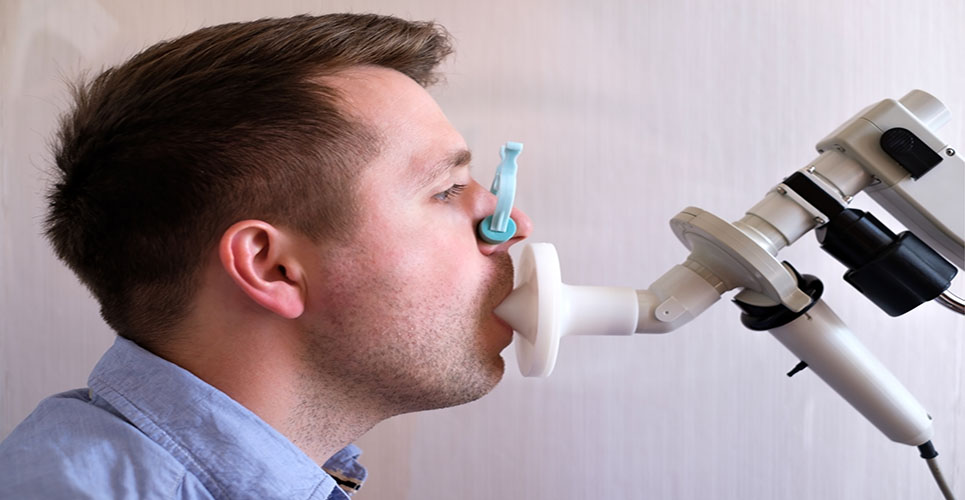teaser
Boehringer Ingelheim microParts GmbH today inaugurated “module 2″ of its new atomisation factory. The company has invested around 70 million euros in the four-storey production facility at the Dortmund Technology Park. With the new building, which is 12,000 square metres in size, Boehringer Ingelheim microParts is doubling its annual production capacity to 20 million inhalation devices (Respimat Soft Mist Inhaler). The expansion also involves the creation of new, modern workstations, as Respimat production will require up to 150 additional employees at full capacity.
“Today’s inauguration of module 2 of the high-tech facility is a further milestone in the history of Boehringer Ingelheim microParts,” commented Professor Wolfram Carius, member of the Board of Managing Directors of Boehringer Ingelheim responsible for Operations.
“Our investment in microParts is based on our trust in the innovative ability of the employees and the excellence of our business processes, as well as in Dortmund as a location with its streamlined structure and excellent local network.”
The Respimat Soft Mist Inhaler from Boehringer Ingelheim is a highly efficient atomiser that delivers medication for the treatment of respiratory diseases.
The new plant will ensure the supply of Respimat devices for the global market. In 2010 alone, Respimat will be launched in around 20 countries with a preparation for the treatment of chronic obstructive pulmonary disease (COPD).
A total of 2,000 tonnes of concrete and 1,300 tonnes of steel were used in constructing “module 2” of the atomisation factory. The state-of-the-art production facility has a number of special features: for example, a high-tech bubble ceiling was integrated in order to keep the production rooms largely column-free. 25% of the concrete was replaced by some 1,600 plastic balls with a diameter of 44 centimetres, thereby saving weight. To ensure the necessary storage capacities, the foundations of the high-bay warehouse are around 15 metres deep.
Two-thirds of the investment volume was spent on the technical equipment of the building and the production systems.

